list of facts about Indus Valley Civilization (IVC), covering its cities, culture, architecture, economy, religion, technology, and decline:
When we think of ancient civilizations, names like Egypt, Mesopotamia, and China usually pop up first. But did you know that one of the world’s oldest and most advanced civilizations existed right here in South Asia, thousands of years ago? We’re talking about the Indus Valley Civilization—a mysterious and fascinating chapter in human history that flourished around 2500 BCE in what is today parts of Pakistan and northwest India.
This was no small, scattered tribe either. The Indus Valley people built huge cities, had advanced drainage systems, ran well-planned economies, and possibly even had a peaceful society. It’s like they were way ahead of their time—only to vanish mysteriously, leaving behind ruins and clues that still puzzle historians and archaeologists to this day.
Let’s dive into this 4,000-year-old mystery and get to know the Indus Valley Civilization (IVC) like never before.
The Basics: What Was the Indus Valley Civilization?

The Indus Valley Civilization, also called the Harappan Civilization (after one of its major cities, Harappa), was a Bronze Age culture that developed along the fertile plains of the Indus River. It extended from modern-day northeast Afghanistan to Pakistan and northwestern India.
Archaeologists have discovered over 1,400 sites linked to the civilization, with major cities like Harappa, Mohenjo-Daro, Lothal, Kalibangan, and Dholavira being the most famous. These cities were not just dusty old ruins—they were marvels of urban planning. Think straight roads, brick houses, centralized granaries, public baths, and even drainage systems better than what many places had even a few centuries ago!
City Life: Ancient Yet Modern
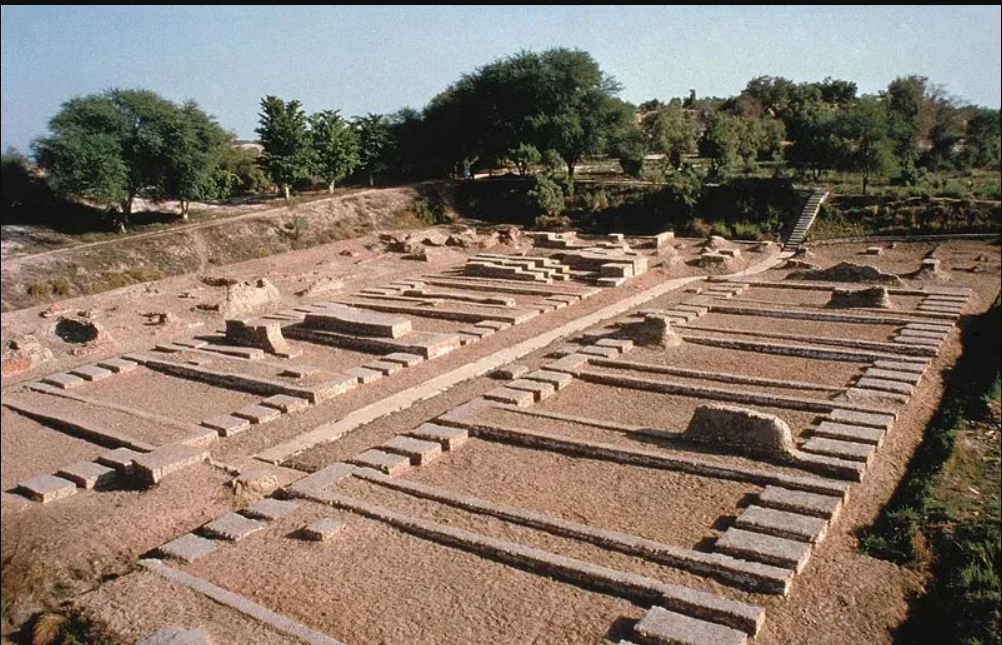
If you somehow time-traveled back to the Indus Valley, you’d probably be impressed (and maybe even a little jealous) of how organized everything was. The streets were laid out in a grid pattern, with main roads and narrower lanes branching off. The cities were divided into two sections: the Citadel (a raised area with public buildings and granaries) and the Lower City (where most people lived).
One of the coolest things was their Great Bath in Mohenjo-Daro. It looked a lot like a modern swimming pool, complete with changing rooms and steps going down into the water. No one knows exactly what it was used for—some say ritual bathing, others think it was a public bathhouse—but it definitely showed how much these people valued cleanliness and structure.
And let’s talk about drainage—because yes, it’s worth talking about! Each house had its own bathroom (yes, over 4,000 years ago), and the waste water was directed into covered drains that ran along the streets. This wasn’t some accidental design—it was a planned sanitation system. That’s next-level urban engineering.
The People: Peaceful and Practical
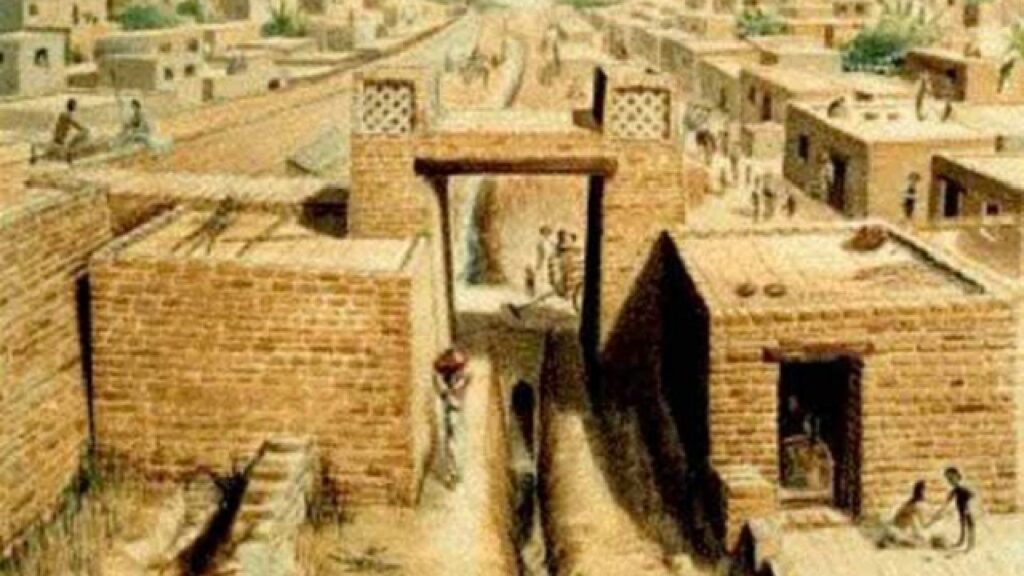
Now, unlike many ancient civilizations that were all about kings, war, and huge armies, the Indus Valley folks seemed a lot more chill. Archaeologists haven’t found any clear evidence of palaces, royal tombs, or massive weapons stockpiles. This has led many experts to believe that the Indus Valley Civilization might have been relatively peaceful and possibly even egalitarian (where people had more or less equal status).
Most people were likely farmers, growing wheat, barley, peas, and cotton (yes, they might’ve been among the first to grow cotton!). They also domesticated animals like cattle, buffalo, and maybe even elephants. Some were traders, artisans, or potters. Their tools and goods—made of bronze, copper, terracotta, and beads—have been found in abundance.
And let’s not forget their love for craftsmanship. The people of the Indus Valley made beautiful pottery, jewelry, seals, and toys. The iconic Pashupati seal, showing a figure seated in a yogic posture surrounded by animals, is still debated—some say it could be an early form of Shiva!
Writing: The Unsolved Puzzle
One of the biggest mysteries about the Indus Valley Civilization is their script. Yep, they had their own writing system, but we still can’t read it! Known as the Indus script, it’s made up of short sequences of symbols found on seals, pottery, and tablets.
Despite the efforts of countless scholars and codebreakers, no one has cracked the code. Why? Well, there aren’t enough long texts to analyze, and we don’t have a “Rosetta Stone” (a key that helps us translate, like we had with Egyptian hieroglyphs).
This undeciphered script means we know surprisingly little about their language, religion, or political system. So, while we can admire their cities and artifacts, their deeper stories and thoughts are still locked in mystery.
Trade and Economy: Connected to the World
The Indus people weren’t isolated; they were trading champs. Evidence suggests they had strong trade links with Mesopotamia (modern-day Iraq), another ancient civilization. Archaeologists have found Indus-style seals in Mesopotamia and Mesopotamian items in Indus Valley sites.
They traded things like cotton textiles, beads, terracotta figurines, and even metals like copper and tin. This long-distance trade meant that these ancient folks were already part of a kind of early globalization, connecting East and West long before planes, ships, or even roads.
What Happened? The Great Disappearance
Here comes the big question: What happened to the Indus Valley Civilization?
Around 1900 BCE, things started going downhill. Cities were abandoned, trade declined, and the civilization gradually faded away. But there’s no sign of a major war or invasion, so what caused this collapse?
Here are some theories:
- Climate Change: Many experts now believe that changes in the monsoon patterns or a massive drought might have dried up the rivers and destroyed their agricultural system.
- River Shifts: The mighty Saraswati River, which many scholars associate with the Ghaggar-Hakra river system, might have dried up or changed course, making it impossible to support the cities.
- Economic Decline: With trade routes changing and resource depletion, their economy might have crumbled.
- Gradual Migration: Some believe that instead of a sudden collapse, people simply migrated eastwards, blending into new cultures and regions.
Their Legacy Lives On
Even though the Indus Valley Civilization disappeared, it left behind a lasting legacy. Some elements of modern Indian culture—like the emphasis on cleanliness, town planning, and even possible religious symbols—might have their roots in the Harappan era.
There’s also a growing movement among historians and archaeologists to reclaim the narrative of the Indus Valley Civilization as a uniquely Indian contribution to global history, not just a forgotten footnote.
And let’s be honest—there’s something magical about how little we still know. The fact that such a massive civilization existed, thrived, and then disappeared almost without a trace adds an air of mystery that continues to draw people in.
Final Thoughts: A Civilization Ahead of Its Time
The Indus Valley Civilization was not just a bunch of mud-brick ruins—it was a thriving, intelligent, and forward-thinking society that existed more than 4,500 years ago. They had cities better planned than some modern ones, lived in harmony (as far as we know), and traded with distant lands.
Yet, in the end, we’re left with ruins, symbols we can’t read, and questions that keep us guessing. And maybe that’s what makes it all so fascinating.
So, next time someone brings up ancient Egypt or Mesopotamia, drop some Indus Valley facts on them. You’ll not only impress your friends but also shine a light on one of humanity’s most underrated—and utterly amazing—civilizations.
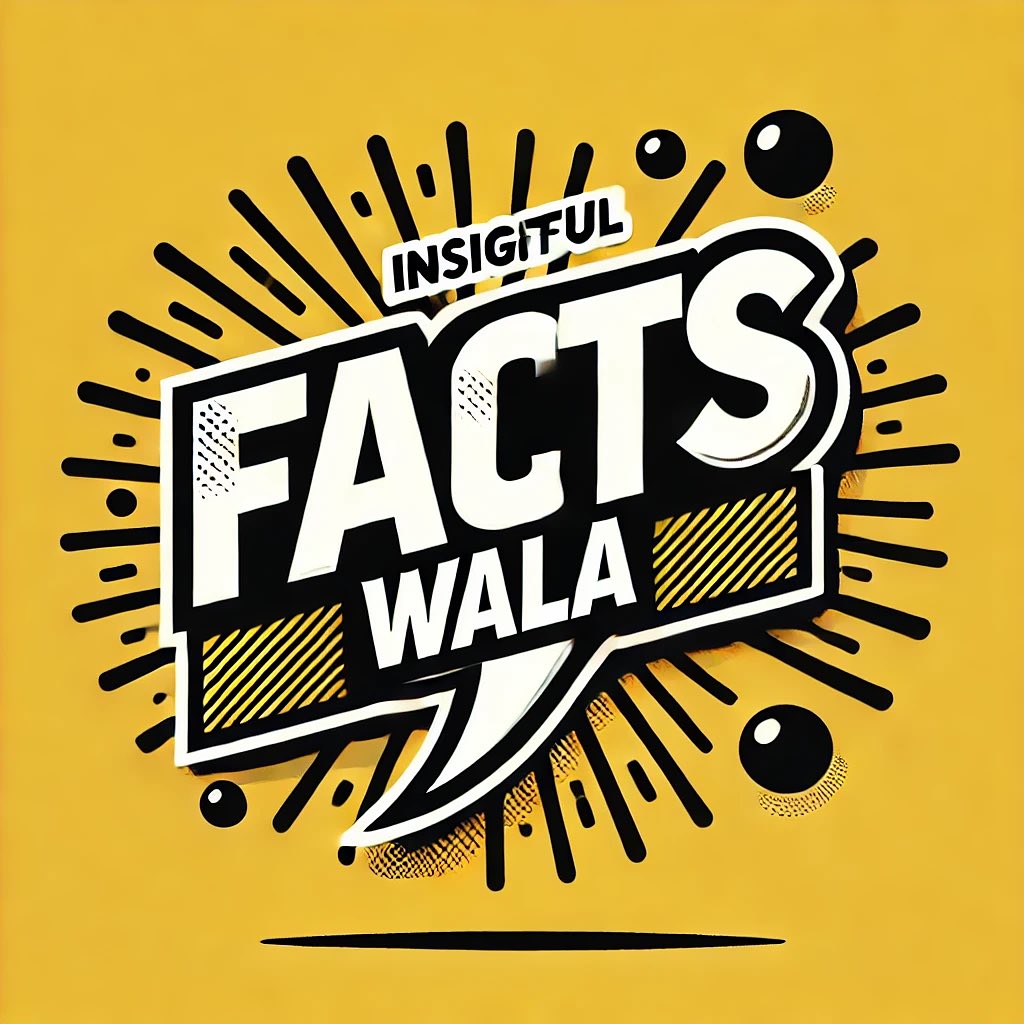

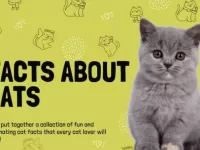


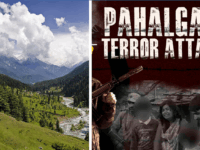
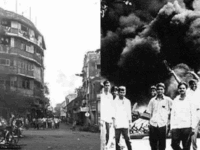

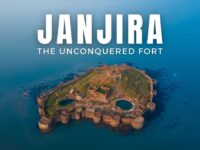
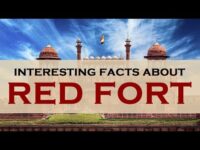




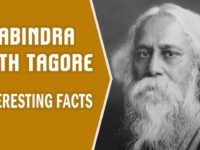
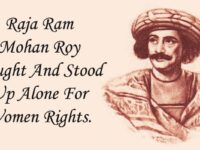
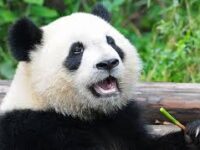











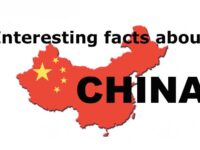

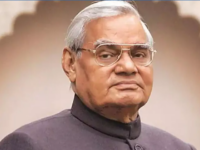
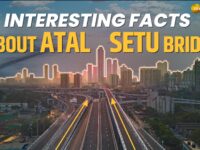

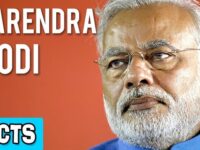

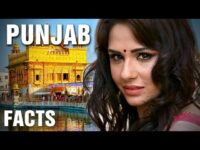


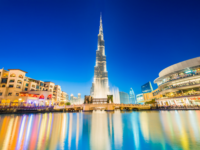










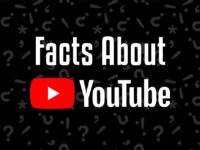
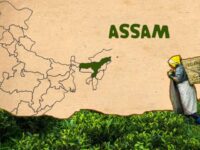





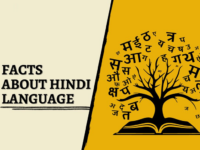




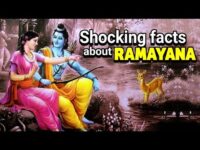


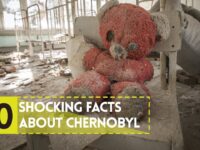
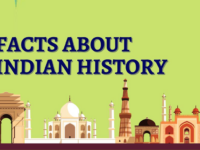




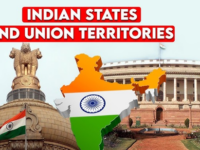






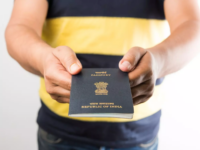

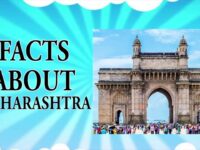
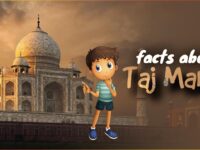


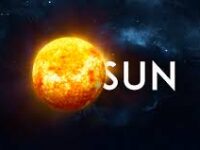

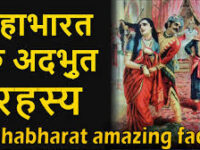



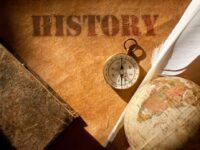
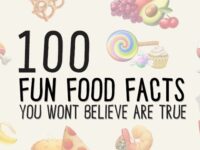






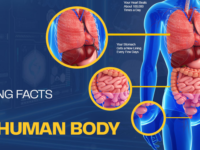

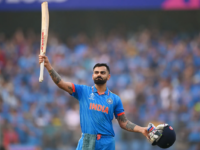


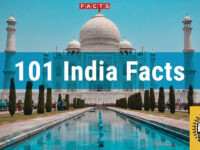

0 Comments